Meteorites are fascinating remnants from space that tell us much about the universe. Some meteorites are rarer and more significant than others. This article explores some of the rarest meteorites ever found on Earth, revealing their unique stories and scientific importance.
Hoba Meteorite (Namibia)
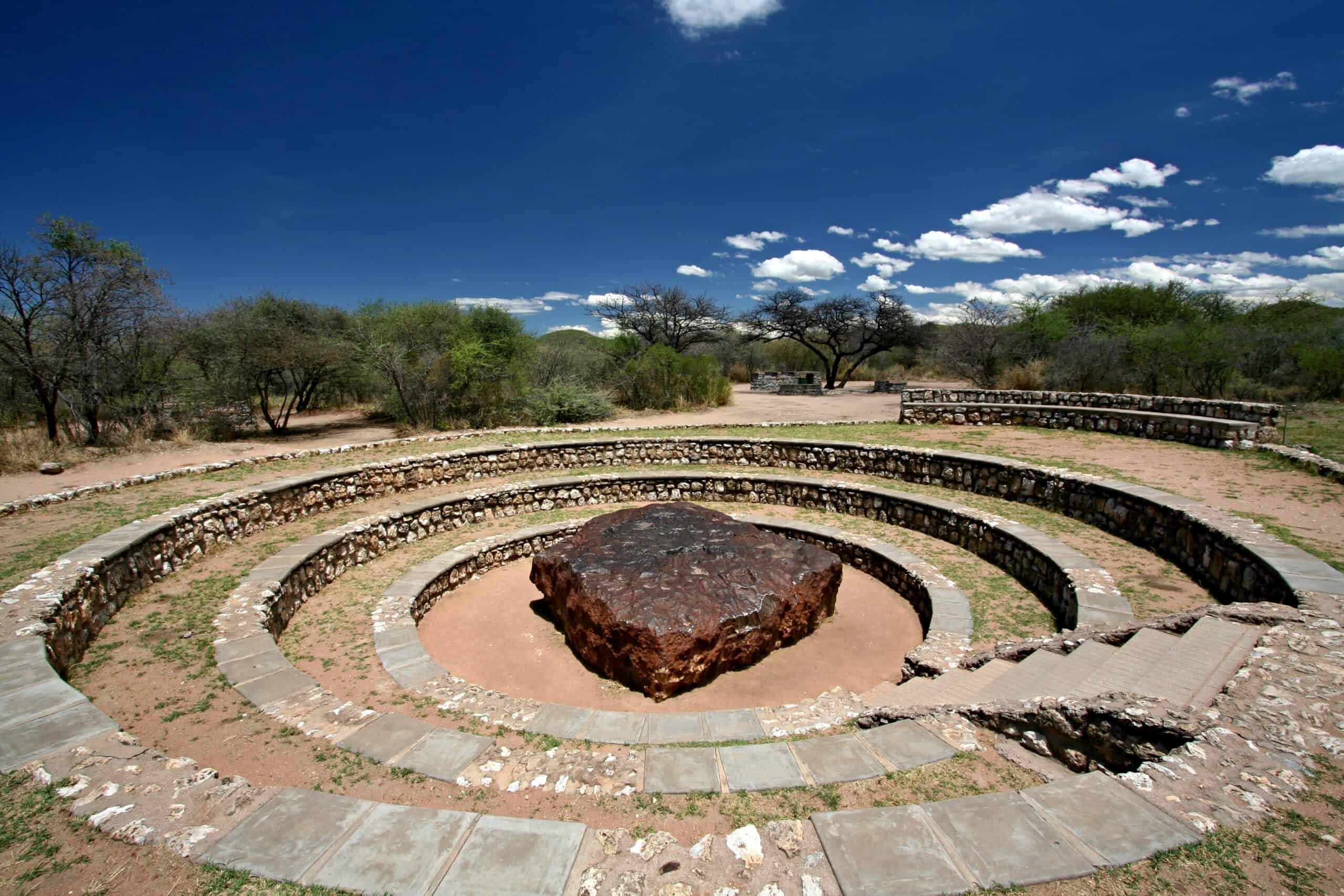
The Hoba meteorite is the largest intact meteorite ever discovered. Found in Namibia in 1920, it weighs about 60 tons. This iron meteorite has remained in its original location due to its immense size. The discovery was accidental, made by a farmer plowing his field. Hoba is composed mainly of iron and nickel, making it an invaluable specimen for scientific study. It has become a popular tourist attraction, with Namibia designating it a national monument. Its sheer size and weight have prevented it from being moved, preserving its natural state.
Fukang Meteorite (China)

Discovered in the Gobi Desert in 2000, the Fukang meteorite is a striking example of a pallasite. It contains beautiful olivine crystals embedded in a nickel-iron matrix, making it visually stunning. This meteorite’s translucent crystals make it a favorite among collectors and scientists. The Fukang meteorite’s unique structure provides valuable insights into the early solar system. Its discovery has sparked interest and further research into pallasite meteorites. The meteorite’s beauty and scientific importance make it a rare and significant find.
Willamette Meteorite (USA)
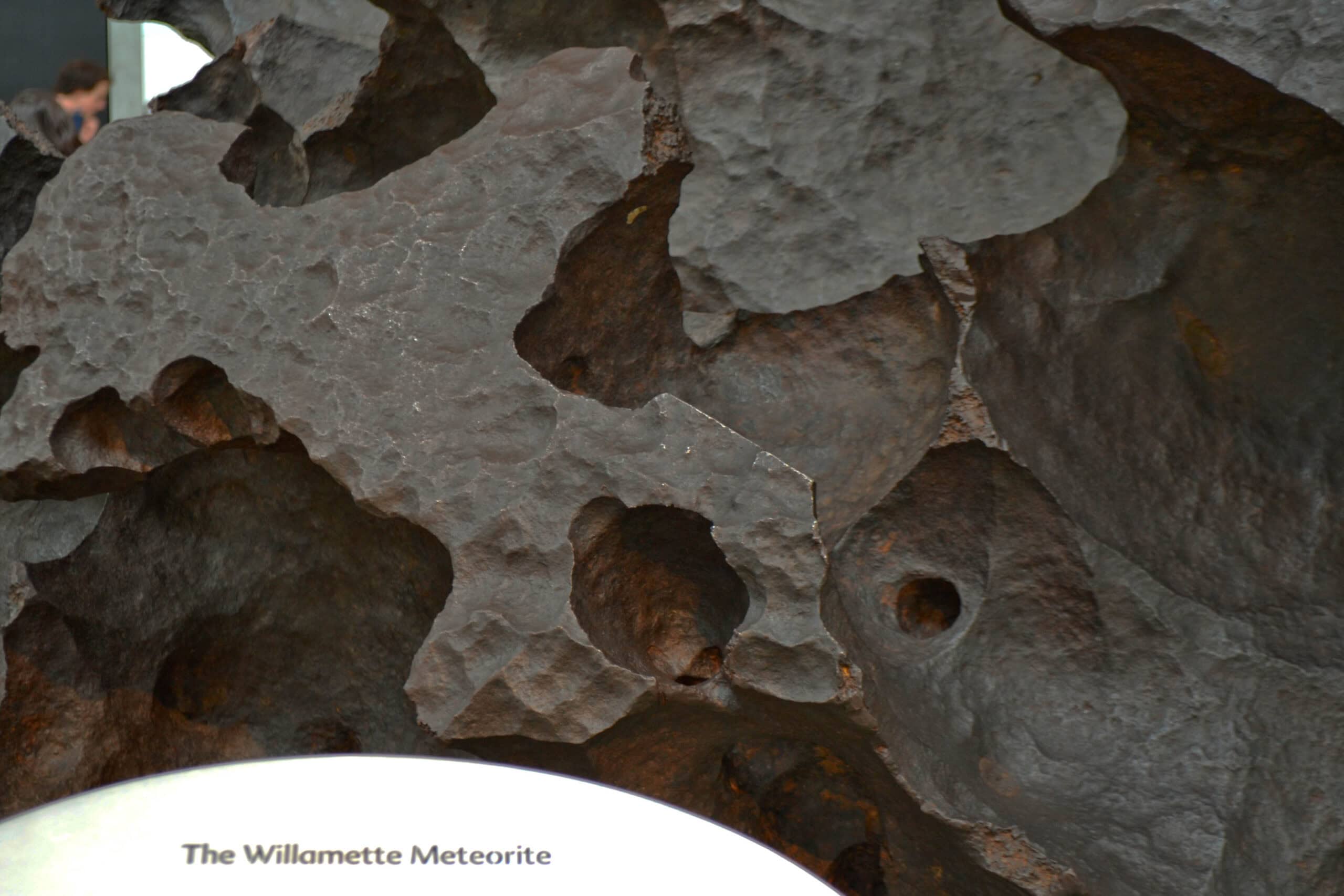
The Willamette meteorite, discovered in Oregon in 1902, is the largest meteorite found in the United States. Weighing about 15.5 tons, it is composed primarily of iron and nickel. The meteorite features deep cavities formed during its atmospheric entry. This meteorite holds cultural significance for the Native American Clackamas tribe, who consider it sacred and call it “Tomanowos.” The Willamette meteorite is now housed in the American Museum of Natural History in New York.
Murchison Meteorite (Australia)
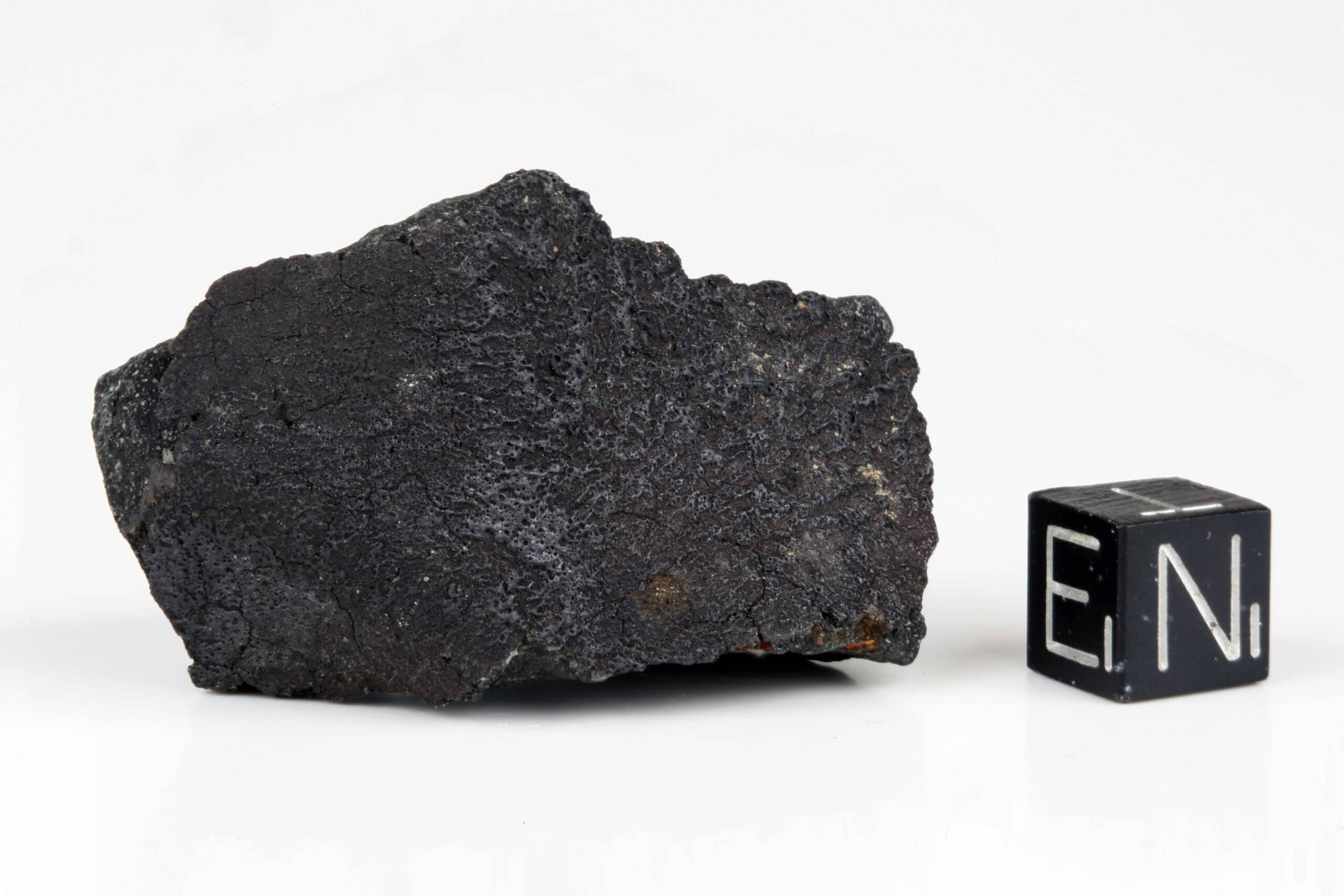
The Murchison meteorite fell in Victoria, Australia, in 1969. This carbonaceous chondrite contains a rich array of organic compounds, including amino acids. These compounds make it one of the most scientifically valuable meteorites. Its study has provided crucial insights into the early solar system and the origins of life. The meteorite’s discovery has led to significant advancements in our understanding of organic chemistry in space. Its diverse composition continues to intrigue scientists worldwide.
Allende Meteorite (Mexico)
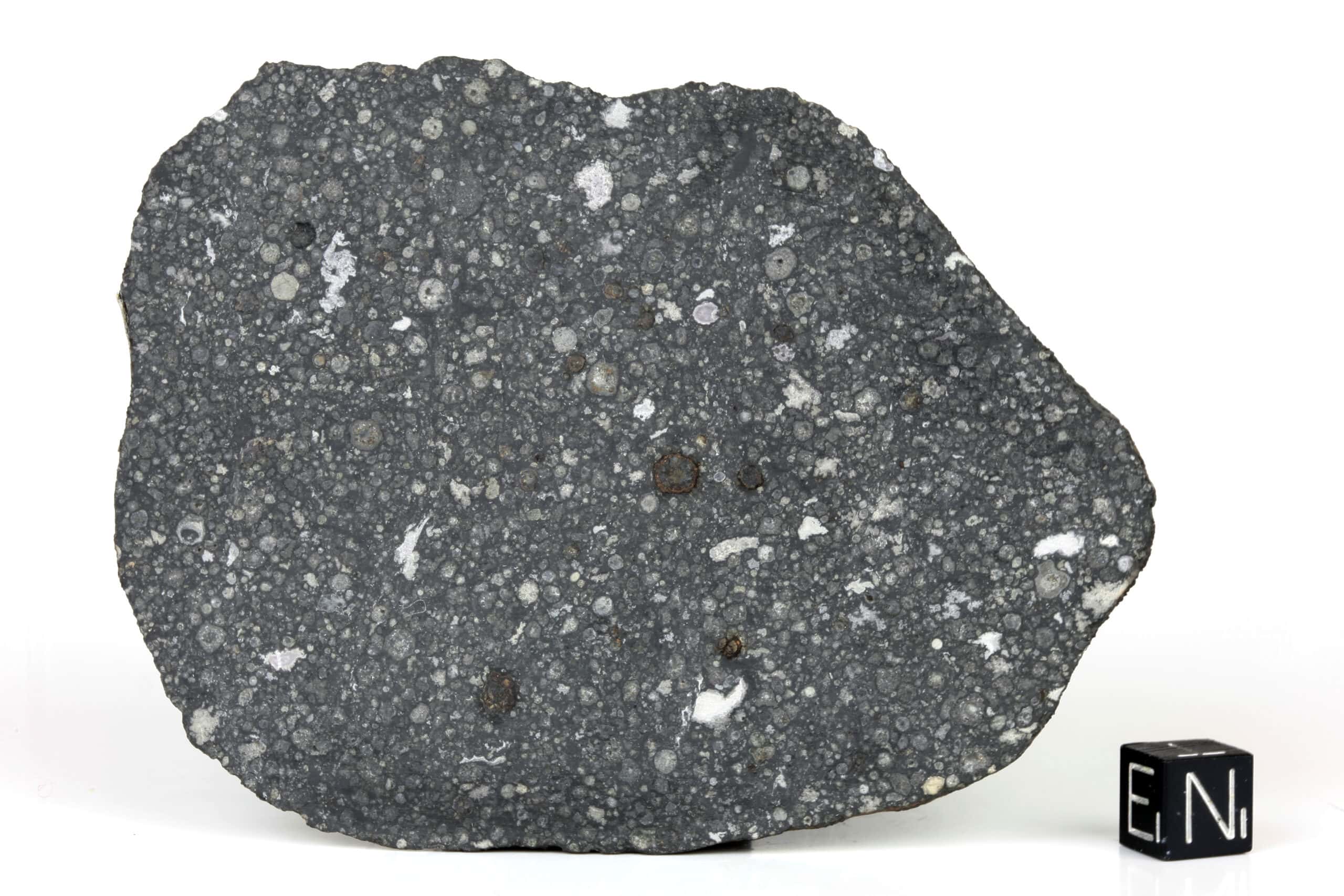
The Allende meteorite fell in Chihuahua, Mexico, in 1969. It is one of the most studied meteorites, classified as a carbonaceous chondrite. The Allende meteorite contains refractory inclusions, among the oldest solid materials in the solar system. These inclusions offer valuable clues about the conditions and processes that existed during the solar system’s formation. The Allende meteorite’s fall was witnessed by many, making it a well-documented event. Its extensive study has greatly contributed to our knowledge of the early solar system.
Campo del Cielo Meteorites (Argentina)
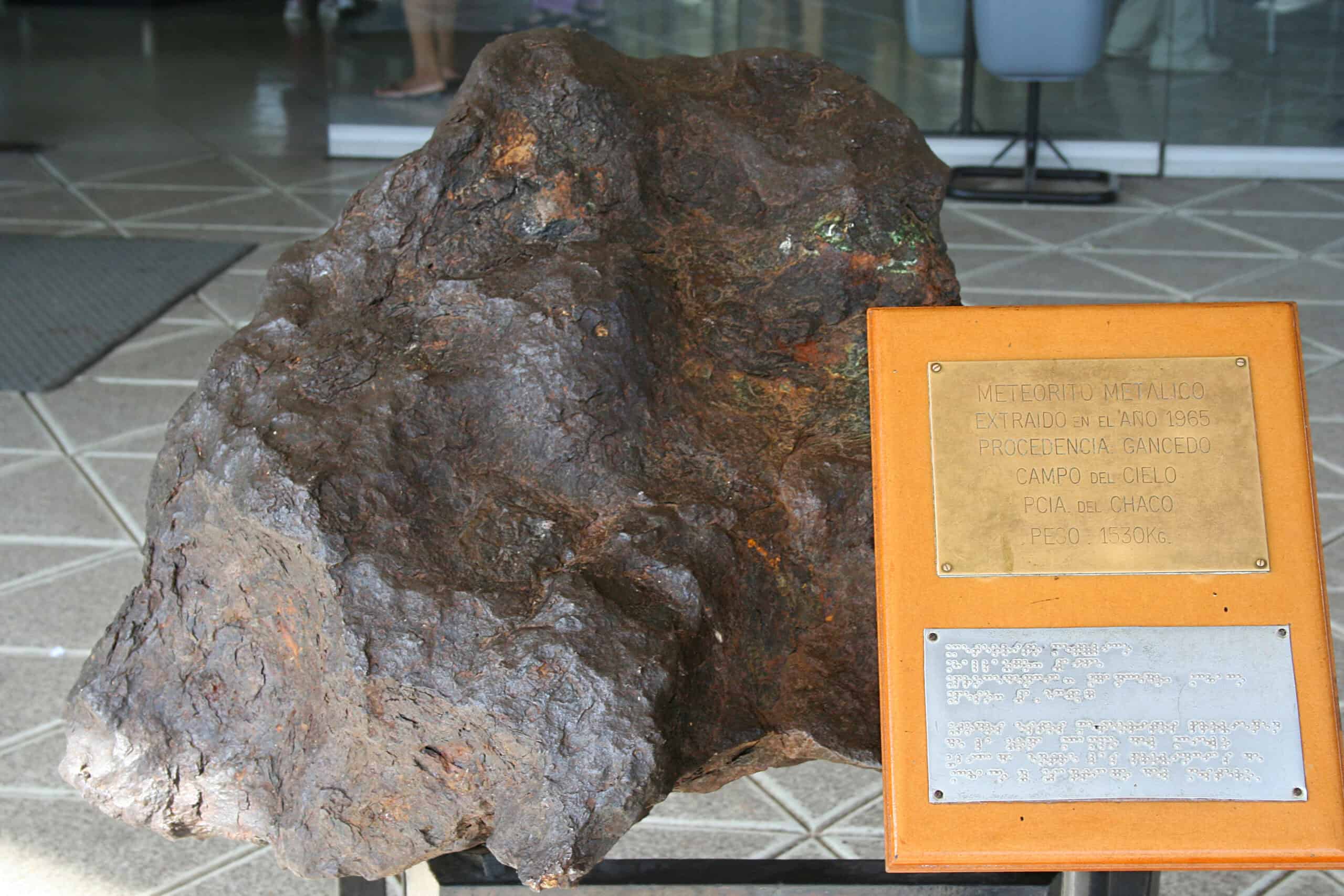
The Campo del Cielo meteorites were discovered in the Chaco province of Argentina. These iron meteorites fell about 4,000-5,000 years ago. Numerous craters mark the impact site, created by the fragmented meteorite. These craters span several square kilometers, providing a dramatic landscape that tells the story of a massive ancient impact. Local people initially found the meteorites, using them for tools and weapons. Modern scientists have studied these meteorites for their composition and the insights they offer into the behavior of large meteoroids entering Earth’s atmosphere.
Sikhote-Alin Meteorite (Russia)
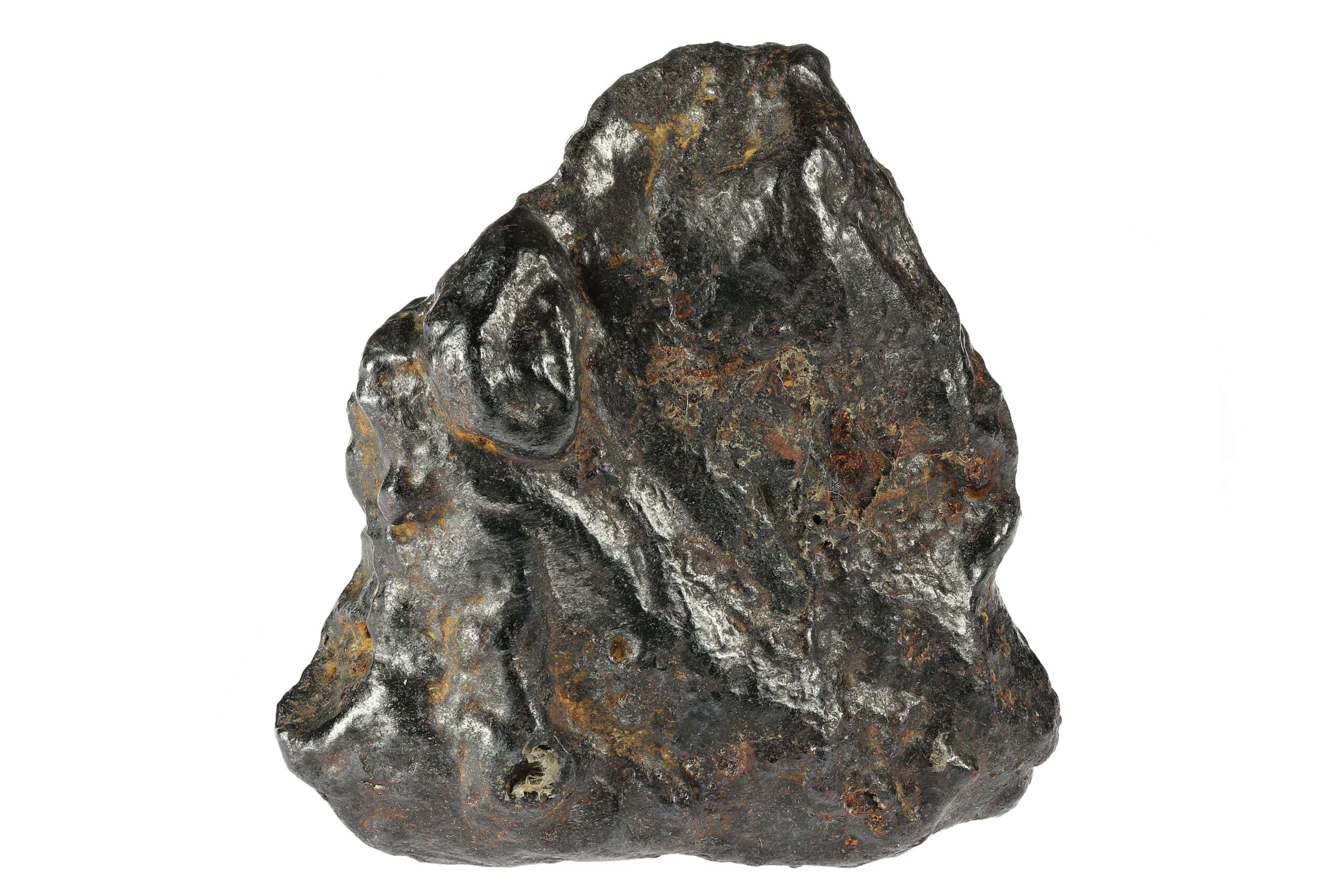
The Sikhote-Alin meteorite fell in the Sikhote-Alin Mountains of Russia in 1947. This iron meteorite shattered in the atmosphere, creating a spectacular fireball and scattering fragments over a wide area. The impact left numerous craters, with the largest measuring 26 meters in diameter. Locals witnessed the event, which made it easier to recover the fragments. The Sikhote-Alin meteorite is known for its distinctive regmaglypts (thumbprint-like indentations) and fusion crusts, providing valuable data on its atmospheric entry. These features, along with its size and distribution, make it one of the most significant meteorite falls of the 20th century.
Nakhla Meteorite (Egypt)
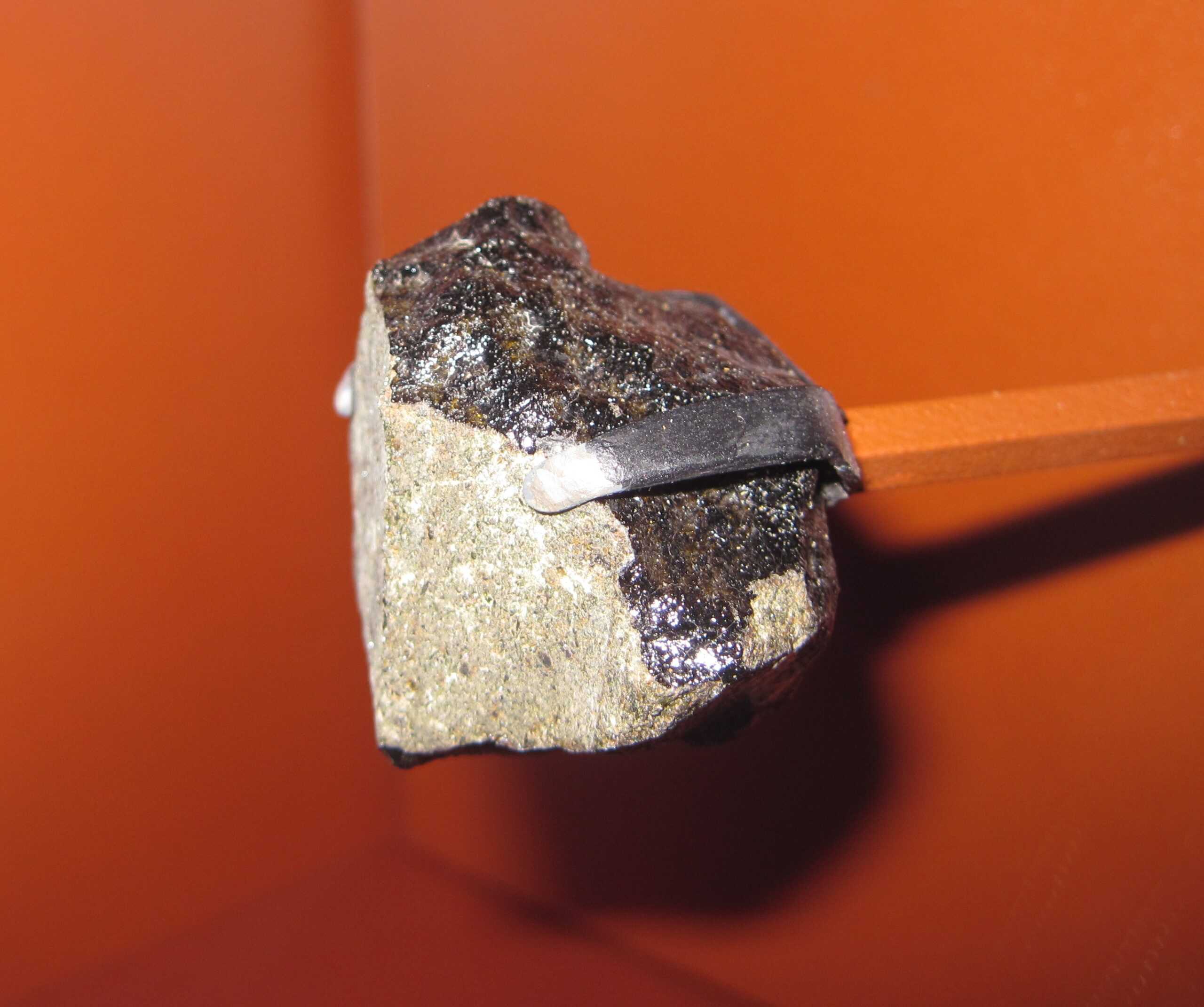
The Nakhla meteorite fell in Egypt in 1911. It is a Martian meteorite, one of the few confirmed to have originated from Mars. Its fall was observed, and several fragments were recovered shortly after. The Nakhla meteorite is famous for the legend that a fragment killed a dog upon impact, though this story remains unverified. This meteorite contains evidence of past water interactions on Mars. The Nakhla meteorite has been crucial in understanding Mars’ geological history and its potential for habitability. Its unique composition includes minerals altered by water, offering direct evidence of water-related processes on Mars.
Tissint Meteorite (Morocco)
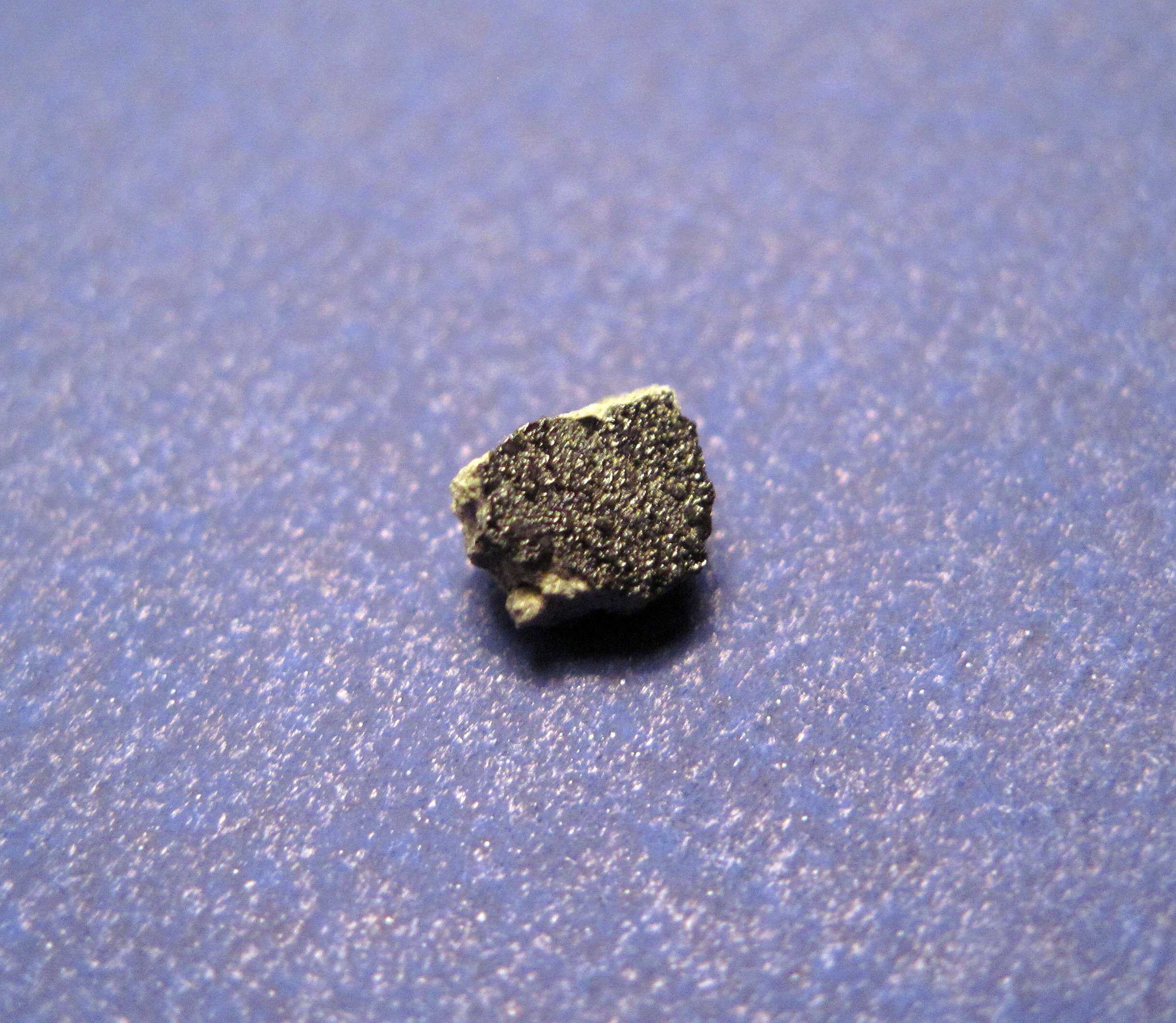
The Tissint meteorite fell in the Tissint region of Morocco in 2011. Another Martian meteorite, it is notable for its freshness and minimal terrestrial contamination. Witnesses saw it fall, and fragments were quickly gathered, allowing for pristine samples. It contains evidence of water-altered minerals, suggesting liquid water on Mars. The Tissint meteorite has enhanced our knowledge of Martian climate history and geological processes. Its study continues to provide valuable data on the Red Planet’s environment and potential for life.
Chelyabinsk Meteorite (Russia)
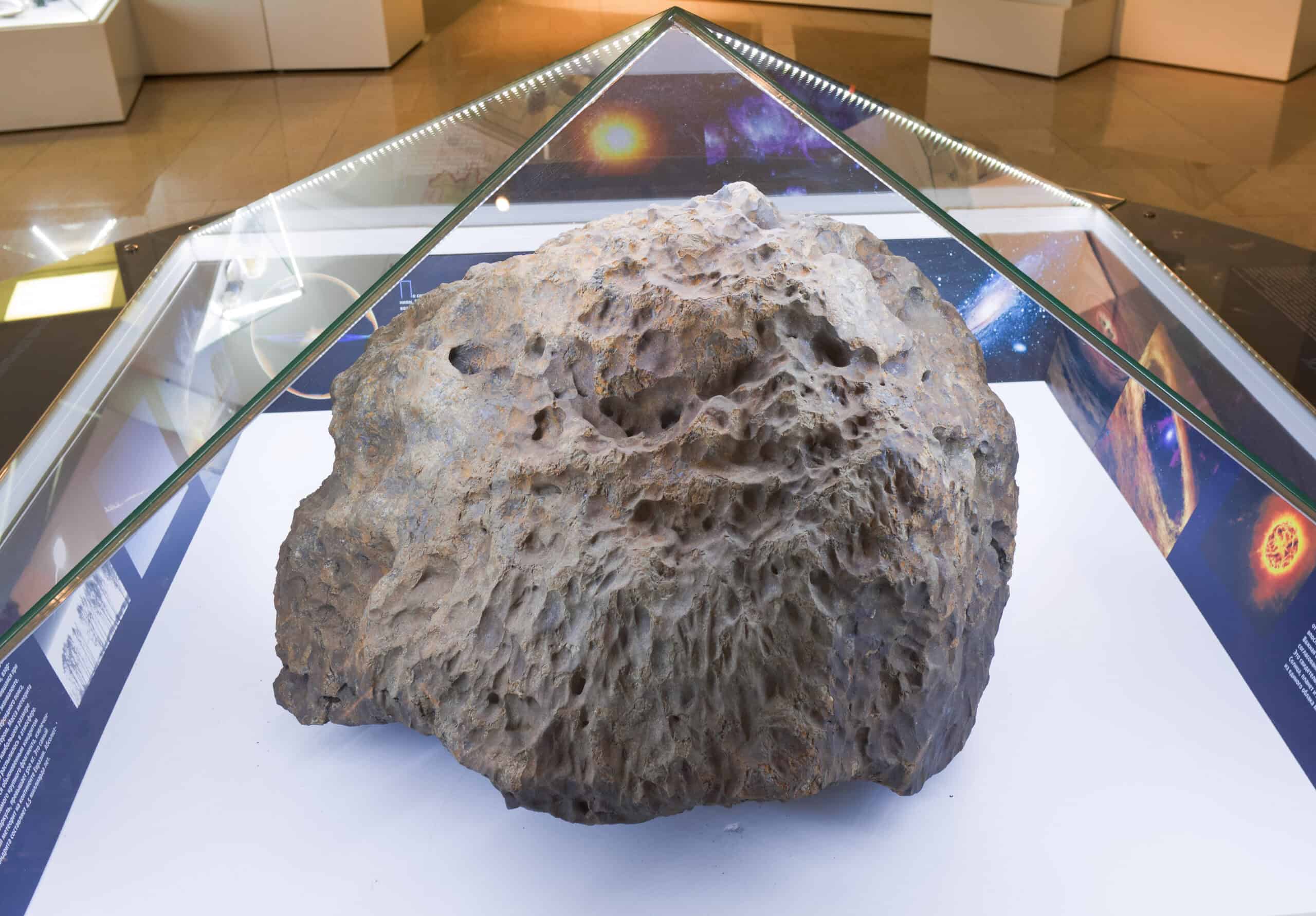
The Chelyabinsk meteorite exploded over Russia in 2013. This stony meteorite created a powerful shockwave, damaging buildings and injuring over a thousand people. The event was widely documented, allowing for extensive study of its impact and aftermath. Fragments were collected from the snow-covered ground shortly after the explosion. It is classified as an ordinary chondrite, and its analysis provides insights into the effects of large meteoroid impacts on Earth. The Chelyabinsk event highlighted the importance of monitoring near-Earth objects for planetary defense.
Orgueil Meteorite (France)
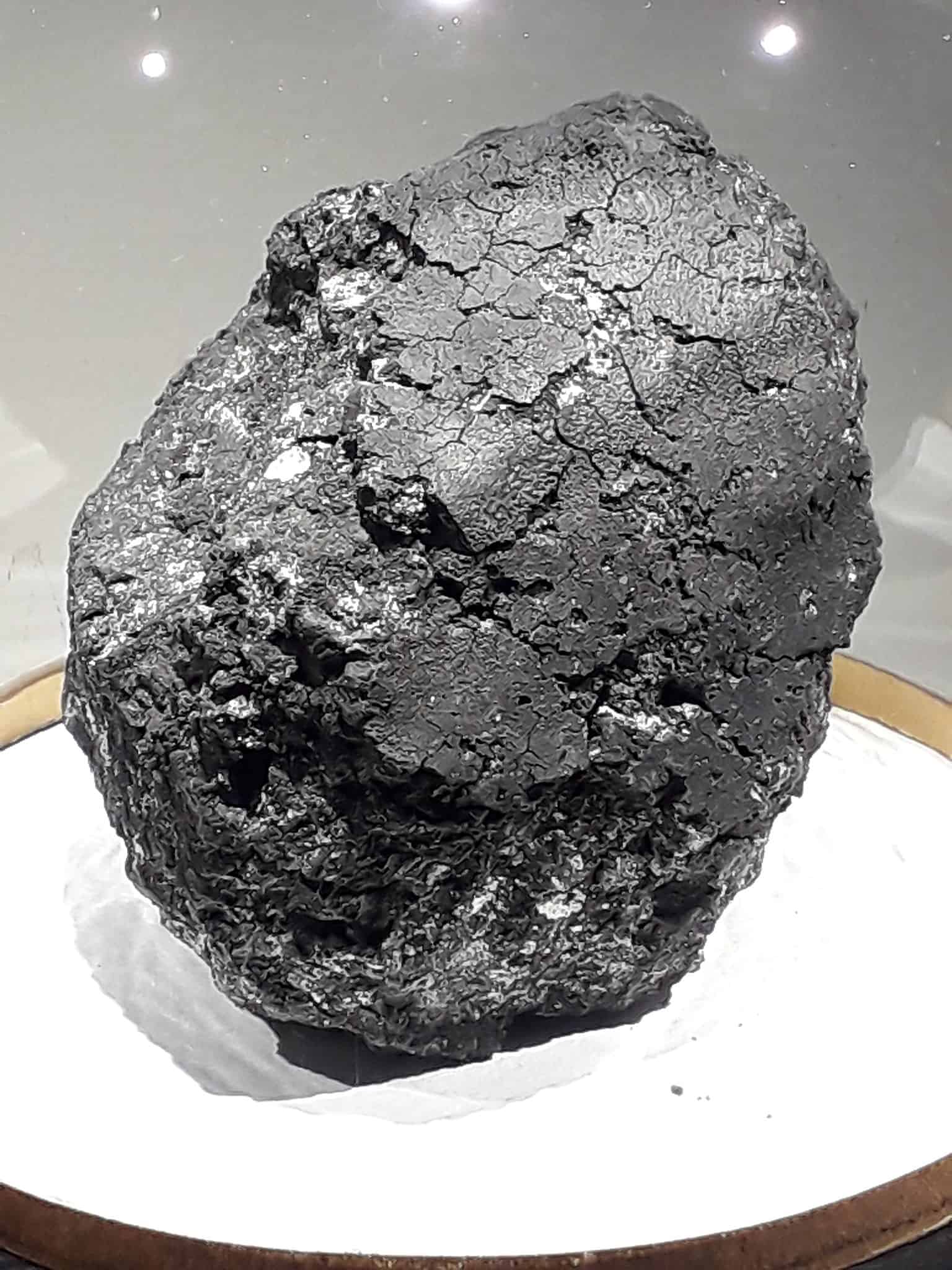
The Orgueil meteorite fell in France in 1864. It is a carbonaceous chondrite, rich in water and organic compounds. Its fall was witnessed by many, and pieces were soon gathered for scientific study. This meteorite has been studied for its potential to shed light on the origins of life. Its composition includes amino acids and other organic molecules, making it a key object of research in astrobiology. The Orgueil meteorite continues to be a valuable specimen for understanding the early solar system and the potential for life.
Tagish Lake Meteorite (Canada)
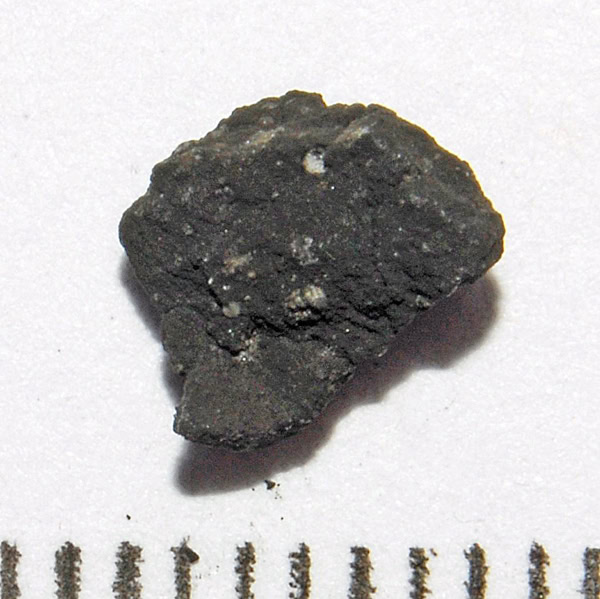
The Tagish Lake meteorite fell on Tagish Lake in British Columbia in 2000. It is a carbonaceous chondrite known for its pristine condition. Collected shortly after the fall, it was kept frozen, preserving its original state and composition. This meteorite contains a diverse array of organic compounds and minerals. Its study has provided valuable information about the chemical processes in the early solar system. The Tagish Lake meteorite remains one of the most scientifically significant meteorite finds of the 21st century.
Gibeon Meteorites (Namibia)
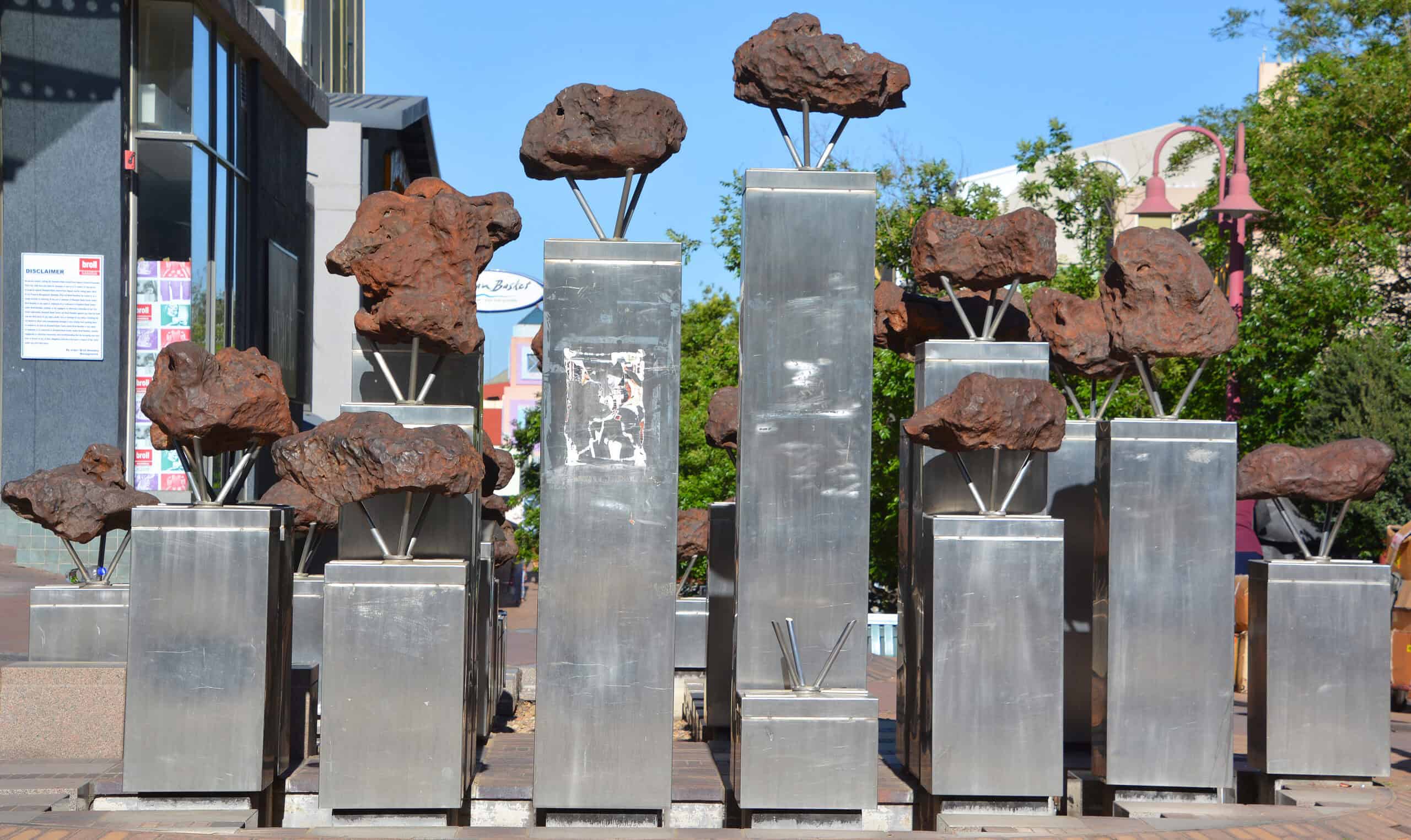
The Gibeon meteorites was discovered in Namibia. It fell during prehistoric times and is an iron meteorite. It is famous for its beautiful Widmanstätten patterns, unique crystalline structures that form during slow cooling in space. Fragments were found scattered over a wide area by local people. These meteorites are highly prized by collectors and used in various decorative items, showcasing their stunning patterns.
Esquel Meteorite (Argentina)
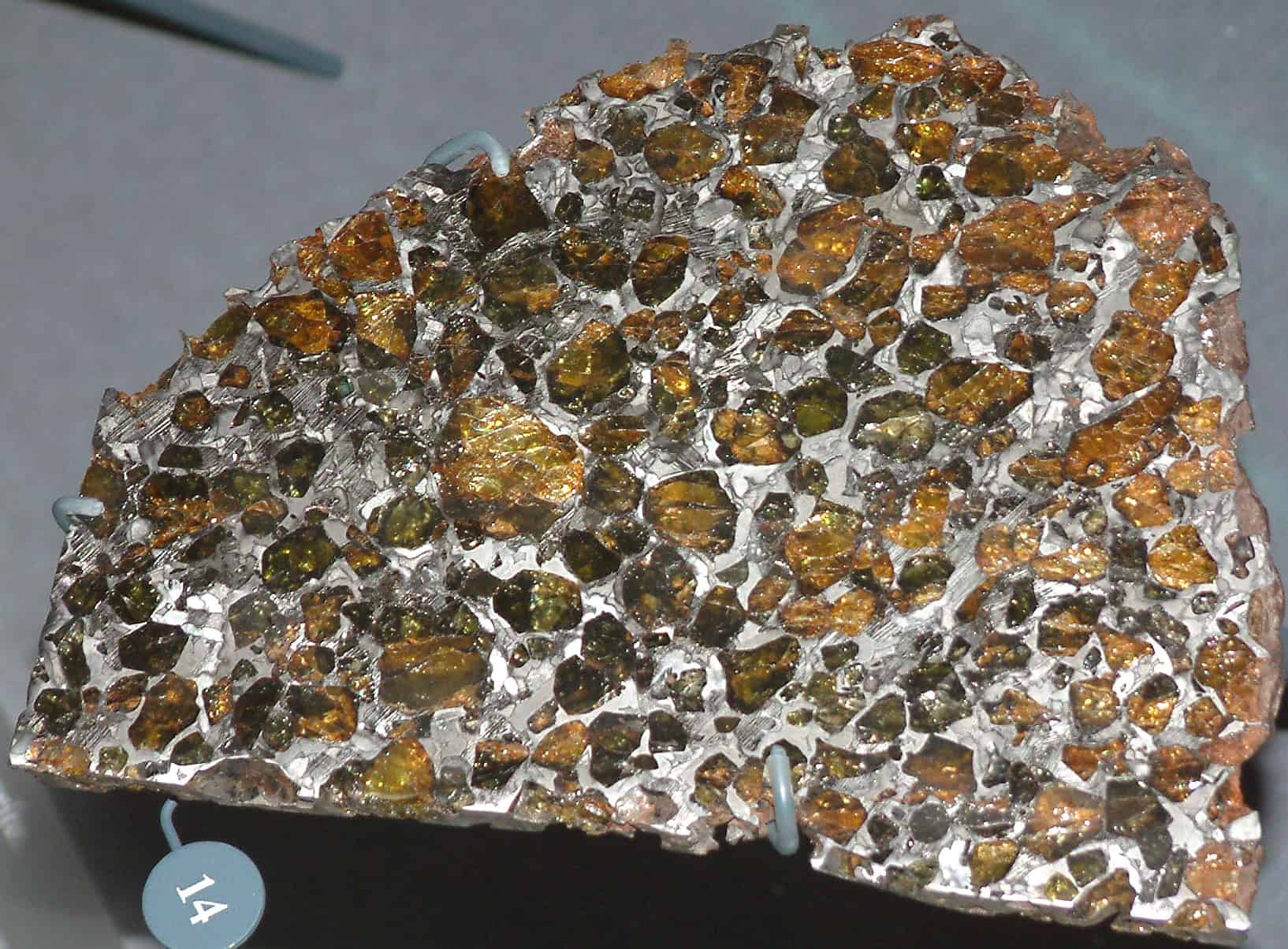
The Esquel meteorite, discovered in Argentina, is a pallasite. It features olivine crystals embedded in a nickel-iron matrix, creating a visually stunning appearance. This meteorite is highly prized for its beauty and rarity. A farmer found it while working in his fields. The Esquel meteorite’s unique composition and aesthetics make it one of the most sought-after meteorites by collectors and scientists. Its study continues to provide insights into the formation and evolution of pallasite meteorites.
This article originally appeared on Rarest.org.
More from Rarest.org
1957 Jefferson Nickel Value Guide

Are you looking for some details about the 1957 Jefferson nickel? If yes, then you’re in the right place. In this post, you’ll learn more about the composition, design, price, and other essential details of the nickel issued in 1957. Read More.
1959 Roosevelt Dime Value Guide

The 1959 Roosevelt dime is composed of 90% silver and 10% copper. The same composition was used for the Roosevelt dimes from 1946 until 1965, when the dime was turned into cupronickel according to the Coinage Act of 1965. Read More.
1945 Wheat Penny Value Guide

The Lincoln cent, also known as the Lincoln penny, has a face value of $0.01. The production of this coin began in 1909. Read More.
